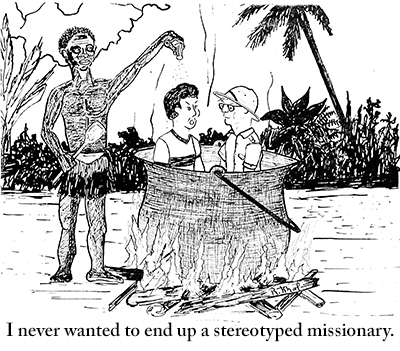And walk in love, as Christ also has loved us and given Himself for us, an offering
and a sacrifice to God for a sweet-smelling aroma.
Ephesians 5:2
Many Christians today are functionally illiterate when it comes to the Old Testament and practically clueless when it comes to understanding the concept of sacrifice. The stereotypes of an Old Testament offering is that of an entire lamb burnt on a bunch of rocks. Most people are unaware that there are five major categories of sacrifice, all of which are Types of the Lord Jesus Christ. The big groups can be broken down into sub-groups depending on the occasion and what was actually burnt on the altar (even flour, oil, and wine were sometimes offered).
The five main offerings were actually sorted by God into two, the sweet-smelling sacrifices and the non-sweet-smelling sacrifices. The former included burnt offerings, grain offerings, and peace offerings; sin and trespass offerings fell into the second group, and although they were necessary, they were not something God delighted in.
The sweet-smelling sacrifices were always voluntary on the part of the offerer and were expressions of worship and devotion. These expressed fellowship not only with God but also God’s people. This is a picture of Christ willingly sacrificing Himself to bring us into fellowship.
The peace offering is the best example of this because God, the priest, and the worshipper all share in the sacrifice. Here, God’s portion was the fat. It was sizzled on the altar where it smelled great. The priest received the right foreleg which he lifted up to God as a heave offering and then used the meat to feed his family. The rest of the animal (beef or mutton) was given to the supplicant, so he could eat it in a communal meal.
The peace offering was a celebration with food, family, and friends, but God was invited to the party. For Him it was a sweet-smelling sacrifice. When Christ died on the cross, He offered Himself to both God and Man a Sweet-Smelling Sacrifice.
October 11
